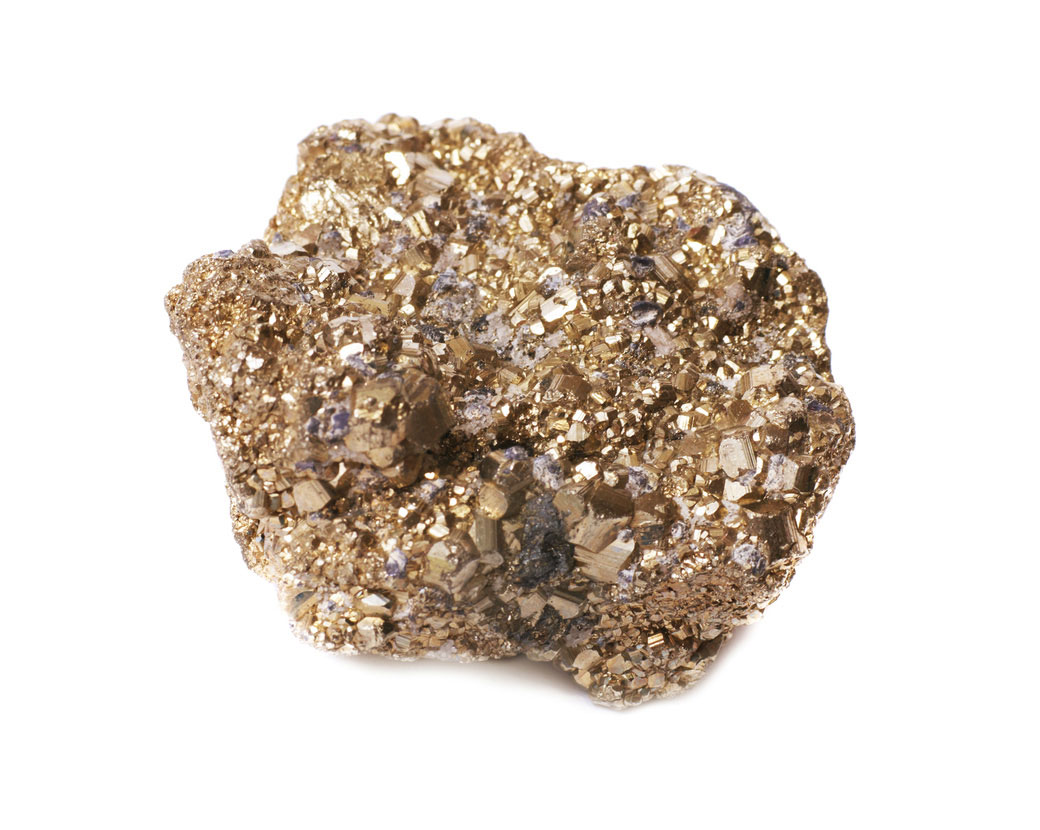Products Scan Our science '%20fill='black'/%3e%3c/svg%3e)
Skincare 
Bath & Body 
Make up 
Trending 
Skincare
Moisturizers
Treatments
Cleansers
Eye Care
Bath & Body
Make up
A colorant used in skincare, typically processed into fine particles for uniform dispersion. Its luxurious hue enhances product aesthetics, while its role as a slip and surface modifier improves texture and application. Despite touted anti-aging benefits, definitive scientific evidence is lacking.

Gold (CI 77480) is a specific color index (CI) designation for pure gold used in cosmetics and personal care products.
Gold is a chemical element with the symbol Au and atomic number 79. It's a bright, slightly reddish yellow, dense, soft, malleable, and ductile metal.
In skincare formulations, the gold is typically processed into fine particles, sometimes even at the nano-scale, to allow it to be evenly dispersed throughout the product. Its CI index allows it to be universally recognized in the cosmetics industry.
Gold has been cherished for its unique properties for millennia, with historical records showing its use in cosmetics dating back to the ancient Egyptians, who believed it had magical healing properties. Fast forward to the present day, it's not uncommon to find this precious metal as an ingredient in many skincare products.
Gold is often found in luxury skincare products like creams, serums, and facial masks, primarily marketed for its purported anti-aging benefits.
The idea is that the nanoparticles of gold are small enough to penetrate the skin, providing benefits like improved blood circulation, increased collagen production, and reduced inflammation. Scientific evidence to unequivocally support these claims is lacking and more research is needed.
Gold however performs several significant functions, including acting as a colorant, slip modifier, and surface modifier.
Colorant: In cosmetics, gold is used as a colorant, lending an attractive, luxurious hue to products. Its shimmering, reflective properties give products a visually appealing golden glow, thereby enhancing the overall user experience. In its bulk form, it features the traditional rich yellow color, and in a form called colloidal gold, it can mix with oils to give off a slight pinkish hue.
Slip Modifier: Gold can also function as a slip modifier. This means that it can enhance the texture of a skincare product, making it feel more smooth and luxurious when applied to the skin. The tiny particles of gold can help to reduce the friction between the skin and the product, thereby improving the product's spreadability and making it glide more easily over the skin's surface.
Surface Modifier: In many cases, gold is utilized through surface modification of another particle, rather than used in a pure or bulk format. This allows the product to enact the benefits of gold without the hefty cost associated with it.
When it comes to the safety of gold in skincare, it's generally considered to be safe for most people, and allergic reactions to it are relatively rare.
While the idea of gold nanoparticles penetrating the skin may sound beneficial, there are ongoing debates in the scientific community about the potential long-term impacts of nano-sized particles in cosmetics. While some studies have found no adverse effects, others suggest that more research is needed to fully understand the implications of long-term exposure.
In conclusion, Gold (CI 77480) is a prestigeous addition to many skincare products. Its luxurious hue enhances product aesthetics, while its role as a slip and surface modifier improves texture and application. Despite touted anti-aging benefits, definitive scientific evidence is lacking.